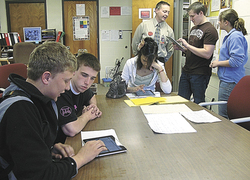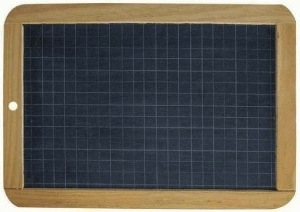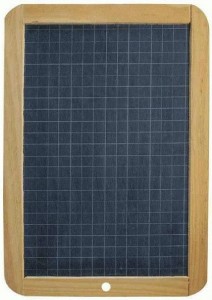
The iPad is facing difficulty being accepted at Princeton University and others because of network stability issues, connectivity problems and concerns about bandwidth overload. This could be quite a setback for Apple’s strategy to go after the higher education market by highlighting the iPad’s portability and availability of electronic books. Indeed, those features aren’t worth a lot if students are unable to connect to the internet to check emails or course assignments.
But acceptance is not only about connectivity issues. As for now the volume of educational content available via the iBookstore is far to small to eliminate expensive physical textbooks. This would be another argument to seriously reconsider putting an iPad on your wishlist before Christmas. According to industry analysts and professors, schools won’t fully embrace iPads until textbook publishers offer more digital resources that go beyond electronic versions of hard copy books. It could take several months, before such content will be available. “We’re not just turning a book into a PDF,” Josh Koppel of ScrollMotion said. Educational books are usually more difficult to translate into e-books because they often include mathematical formulas, graphs and other non-standard-text material. And students demand note-taking or highlighting functionality, features often unavailable on today’s e-reader-formats, such as Amazon’s Kindle or others.
Being an early adopter has its ups and downs. And sometimes it can be quite frustrating. George Washington said its wireless network’s security features don’t support the iPad. Princeton said it has proactively blocked about 20% of the devices from its network after noticing malfunctions within the school’s computer system. Cornell’s information-technology director Steve Schuster said that the school is seeing networking and connectivity issues. The colleges all say they are trying to find fixes to the problems.







